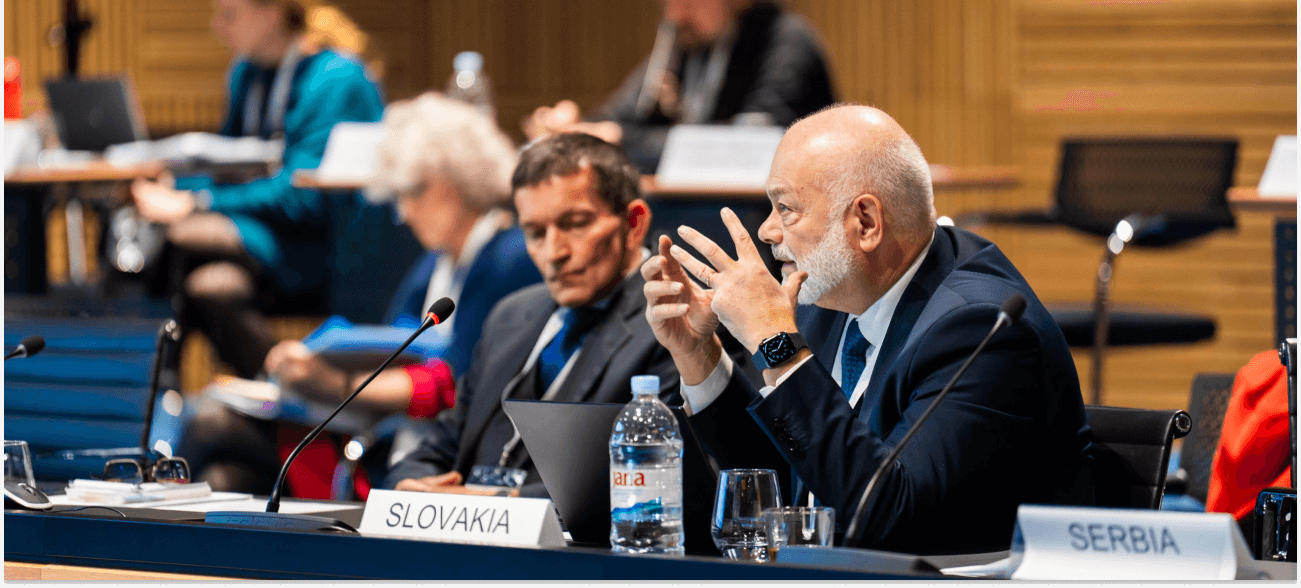
Working definition of antigypsyism/anti-Roma discrimination
Read the full text of the IHRA’s non-legally binding working definition of antigypsyism/anti-Roma discrimination and learn more about this important tool with the FAQs below.
Our working definitions are available in multiple languages. While we try to ensure the accuracy of all of our translations, in the event of any discrepancies, the English translation takes precedence.
The non-legally binding working definition of antigypsyism/anti-Roma discrimination*
Adopted on 8 October 2020
Acknowledging with concern that the neglect of the genocide of the Roma has contributed to the prejudice and discrimination that many Roma** communities still experience today, and accepting our responsibility to counter such forms of racism and discrimination (Articles 4 and 7 of the IHRA 2020 Ministerial Declaration, article 3 of the Stockholm Declaration), the IHRA adopts the following working definition of antigypsyism/anti-Roma discrimination:
Antigypsyism/anti-Roma discrimination is a manifestation of individual expressions and acts as well as institutional policies and practices of marginalization, exclusion, physical violence, devaluation of Roma cultures and lifestyles, and hate speech directed at Roma as well as other individuals and groups perceived, stigmatized, or persecuted during the Nazi era, and still today, as “Gypsies.” This leads to the treatment of Roma as an alleged alien group and associates them with a series of pejorative stereotypes and distorted images that represent a specific form of racism.
To guide the IHRA in its work, the following is being recognized:
Antigypsyism/anti-Roma discrimination has existed for centuries. It was an essential element in the persecution and annihilation policies against Roma as perpetrated by Nazi Germany, and those fascist and extreme nationalist partners and other collaborators who participated in these crimes.
Antigypsyism/anti-Roma discrimination did not start with or end after the Nazi era but continues to be a central element in crimes perpetrated against Roma. In spite of the important work done by the United Nations, the European Union, the Council of Europe, the Organization for Security and Cooperation in Europe, and other international bodies, the stereotypes and prejudices about Roma have not been delegitimized or discredited vigorously enough so that they continue to persist and can be deployed largely unchallenged.
Antigypsyism/anti-Roma discrimination is a multi-faceted phenomenon that has widespread social and political acceptance. It is a critical obstacle to the inclusion of Roma in broader society, and it acts to prevent Roma from enjoying equal rights, opportunities, and gainful social-economic participation.
Many examples may be given to illustrate antigypsyism/anti-Roma discrimination. Contemporary manifestations of antigypsyism/anti-Roma discrimination could, taking into account the overall context, include, but are not limited to:
- Distorting or denying persecution of Roma or the genocide of the Roma.
- Glorifying the genocide of the Roma.
- Inciting, justifying, and perpetrating violence against Roma communities, their property, and individual Roma.
- Forced and coercive sterilizations as well as other physically and psychologically abusive treatment of Roma.
- Perpetuating and affirming discriminatory stereotypes of and against Roma.
- Blaming Roma, using hate speech, for real or perceived social, political, cultural, economic and public health problems.
- Stereotyping Roma as persons who engage in criminal behavior.
- Using the term “Gypsy” as a slur.
- Approving or encouraging exclusionary mechanisms directed against Roma on the basis of racially discriminatory assumptions, such as the exclusion from regular schools and institutional procedures or policies that lead to the segregation of Roma communities.
- Enacting policies without legal basis or establishing the conditions that allow for the arbitrary or discriminatory displacement of Roma communities and individuals.
- Holding Roma collectively responsible for the real or perceived actions of individual members of Roma communities.
- Spreading hate speech against Roma communities in whatever form, for example in media, including on the internet and on social networks.
* The use of the national equivalent of the term is recommended, Canada and the United States use the term anti-Roma racism.
** The word ‘Roma’ is used as an umbrella term which includes different related groups, whether sedentary or not, such as Roma, Travellers, Gens du voyage, Resandefolket/De resande, Sinti, Camminanti, Manouches, Kalés, Romanichels, Boyash/Rudari, Ashkalis, Égyptiens, Yéniches, Doms, Loms and Abdal that may be diverse in culture and lifestyles. The present is an explanatory footnote, not a definition of Roma.
Frequently asked questions
Why was the IHRA working definition of antigypsyism/anti-Roma discrimination developed?
The experts in the IHRA’s Committee on the Genocide of the Roma were tasked with developing a working definition on antigypsyism/anti-Roma discrimination in 2017, as part of the IHRA Strategy to safeguard the record and counter distortion of the Holocaust and genocide of the Roma.
Roma are Europe’s largest ethnic minority and have experienced persecution and discrimination in the region for centuries. The urgent need for a working definition became undeniable in 2020 when, shortly after the IHRA adopted its 2020 Ministerial Declaration, which reaffirmed the organization’s commitment to countering antigypsyism/anti-Roma discrimination, the COVID-19 pandemic hit. Across Europe, Roma were scapegoated and blamed for the virus’ spread, resulting in a rise in both anti-Roma hate and policy. A working definition based on the consensus of the IHRA’s Member Countries would provide the IHRA, governments, and civil society with a common understanding of the phenomenon, allowing for more productive discussions.
Who developed the IHRA working definition of antigypsyism/anti-Roma discrimination?
The text above is the result of the work within the IHRA’s Committee on the Genocide of the Roma, which consists of delegates from IHRA Member Countries across various disciplines. It was drafted during consultations and extra meetings of the Committee, and with representatives of Roma communities. All Working Group and Committee Chairs in 2019 and 2020 were also consulted, as were the Luxembourg and German IHRA Presidencies. The working definition was adopted by all IHRA Member Countries during an extraordinary Heads of Delegation meeting on 8 October 2020 under the German IHRA Presidency.
What has its impact been?
Since working definition’s adoption, the IHRA has used the tool to guide its work on the genocide of the Roma. For example, it enabled the creation of the IHRA Project drafting Recommendations for Teaching and Learning about the Persecution and Genocide of the Roma during the Nazi era, which began its work in 2022. It also formed the core of the IHRA’s response to discrimination against Roma refugees fleeing Ukraine.
Implementation of the working definition is ongoing and the IHRA commends those countries who have adopted the definition at the national level, including Austria, Croatia, Germany, Israel, North Macedonia, Slovakia, and the United Kingdom. Both in these countries and beyond, the working definition is being used by civil society organizations to, for example, counter antigypsysim/anti-Roma discrimination in sports associations, support youth activity, and develop training programs for professionals.
What can people do to counter antigypsyism/anti-Roma discrimination?
- Raise awareness and demand action – The IHRA’s working definition of antigypsyism/anti-Roma discrimination is now available in a variety of languages. Share it with relevant institutions, ministries, and individuals to help sensitize them to the existence of this form of racism and encourage those institutions to implement measures to counter it.
- Speak out and take action – Speak out when you witness antigypsyism/anti-Roma discrimination. Report these instances to the authorities and ask for concrete actions to be taken. Inform civil society organizations, who can help victims of discrimination lodge complaints.
- Honor and remember – Learn about the Roma and Sinti victims who were murdered because of their identity during the Genocide of the Roma and share this information with others. Attend a commemoration event on 2 August in remembrance of the Roma and Sinti victims and survivors. Issue a statement or a message on that day to honor them.



The Genocide and Persecution of Roma and Sinti. Bibliography and Historiographical Review
With over 1,400 references, this annotated bibliography is the starting point for further research on the genocide of the Roma.
Sign up to our newsletter to
receive the latest updates
By signing up to the IHRA newsletter, you agree to our Privacy Policy



